Orkney
WELCOME TO Orkney
Province Overview
Kirkwall
990 km2
22,000
English, Orcadian dialect
Popular
Geography and Tourist Attractions
Information about the province's tourist attractions, including popular destinations, events, and activities.
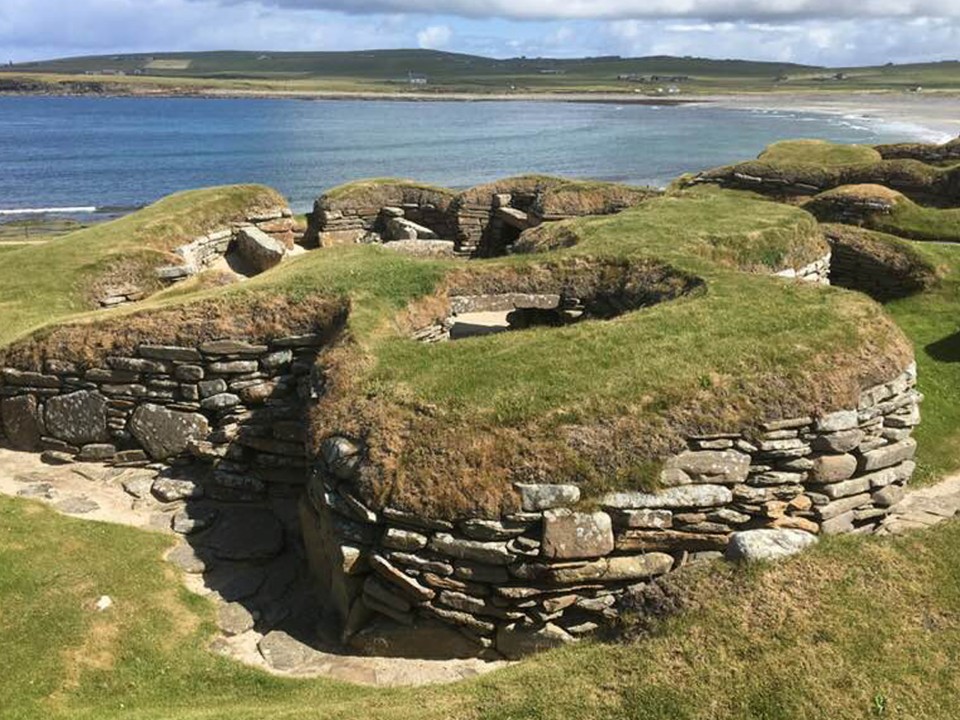
The Neolithic Heart of Orkney
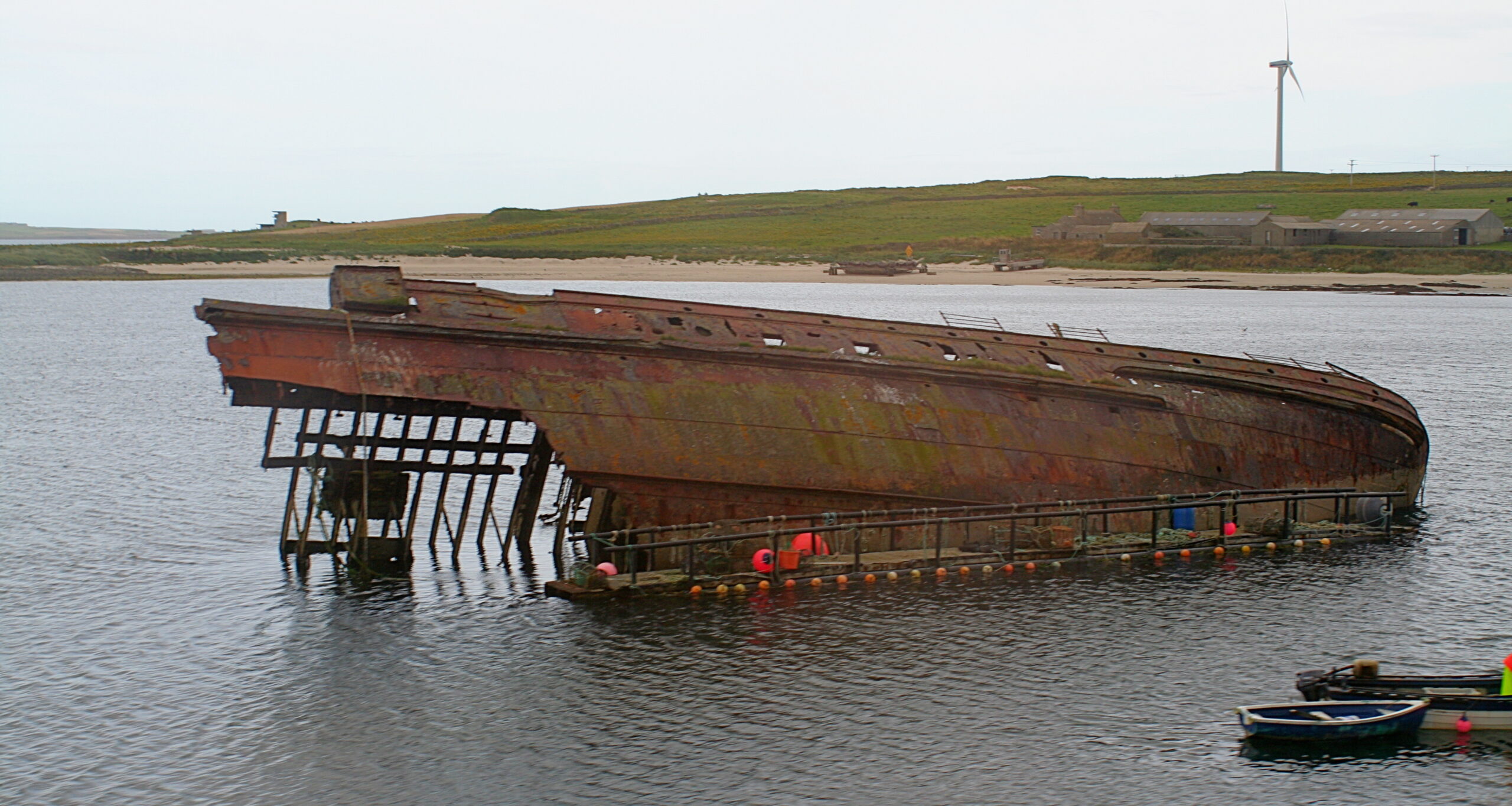
Scapa Flow
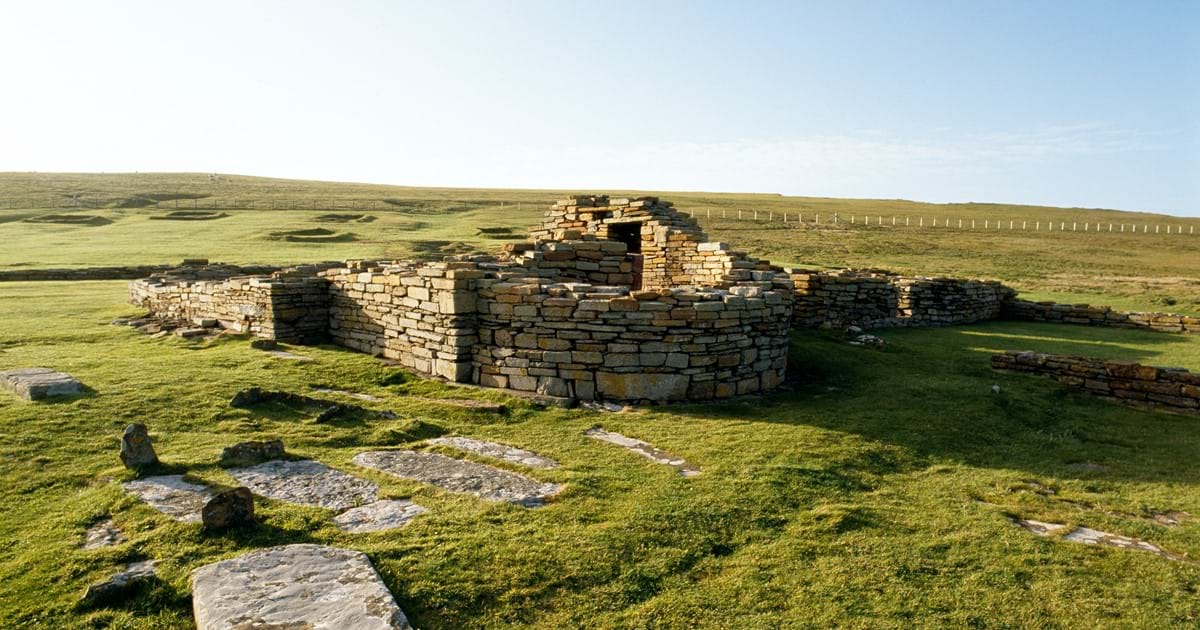
Brough of Birsay
Political
Economy and Government
Orkney's economy is largely based on agriculture, fishing, and tourism. The region has a long history of farming, with a focus on beef, lamb, and barley production. The fishing industry is also an important part of Orkney's economy, with a strong tradition of harvesting lobster, crab, and other seafood. In recent years, the tourism industry has become increasingly important, as visitors come to explore the region's rich cultural and natural heritage.
The local government in Orkney is represented by the Orkney Islands Council, which is responsible for a range of services including education, housing, and economic development. The council is composed of 21 elected members who represent seven wards across the region. The council has a significant role in supporting the local economy, with a focus on promoting sustainable growth and job creation. In recent years, the council has been involved in several initiatives aimed at promoting renewable energy and reducing carbon emissions, reflecting the region's commitment to sustainable development. Overall, Orkney's economy and government work together to support the well-being and prosperity of the region's residents and visitors
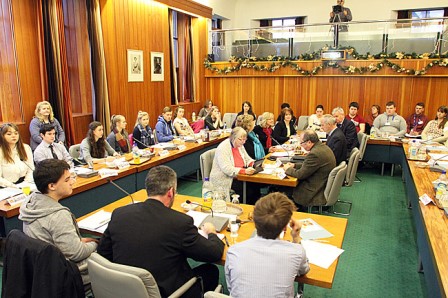
History
History and Culture
Orkney has a rich history that stretches back over 5,000 years, with evidence of human settlement dating back to the Neolithic period. The region has been inhabited by various cultures over the centuries, including Picts, Norse, and Scots. Orkney's unique cultural heritage is reflected in its ancient monuments, such as the Ring of Brodgar, Skara Brae, and Maeshowe, which are among the best-preserved Neolithic sites in Europe. The region's Viking past is also evident in its place names, language, and traditions, with the annual St. Magnus Festival celebrating the life of the patron saint of Orkney, who was martyred by the Vikings in the 12th century.
In addition to its rich history, Orkney has a vibrant cultural scene that includes music, art, and literature. The region has produced several notable writers, including George Mackay Brown and Edwin Muir, who drew inspiration from Orkney's landscapes and traditions. The St. Magnus Cathedral in Kirkwall is a magnificent example of Orkney's architectural heritage, while the island's craftspeople are known for their expertise in traditional skills such as knitting and jewelry-making. Overall, Orkney's history and culture are an integral part of the region's identity, and continue to inspire and delight visitors from around the world.
HOTELS
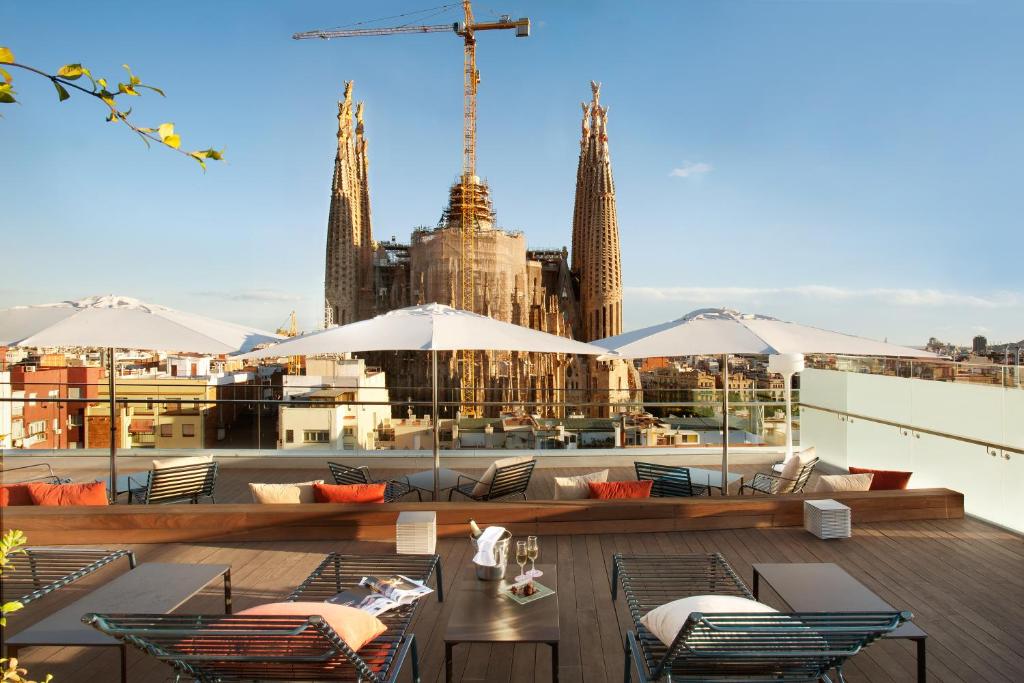
The Ayre Hotel

The Lynnfield Hotel
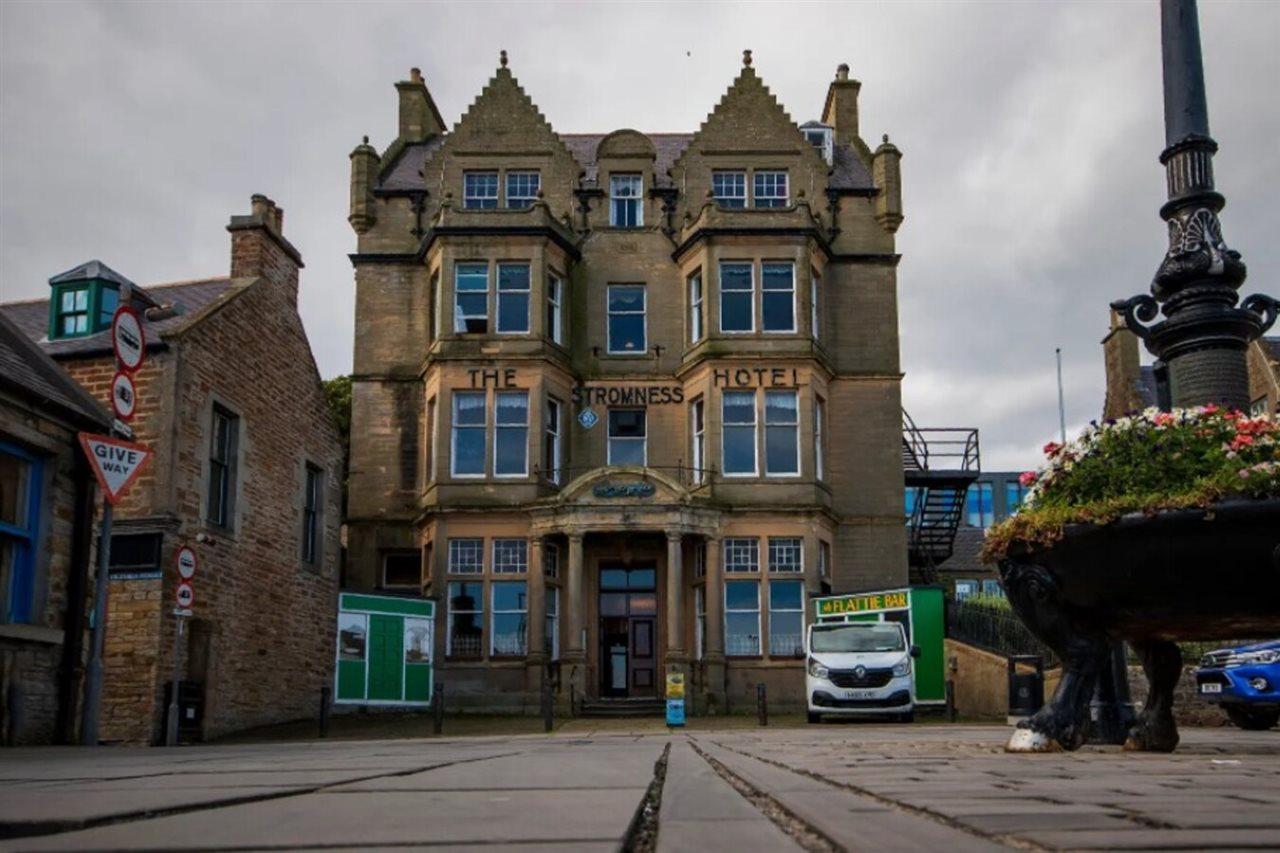
The Stromness Hotel
RESTAURANTS
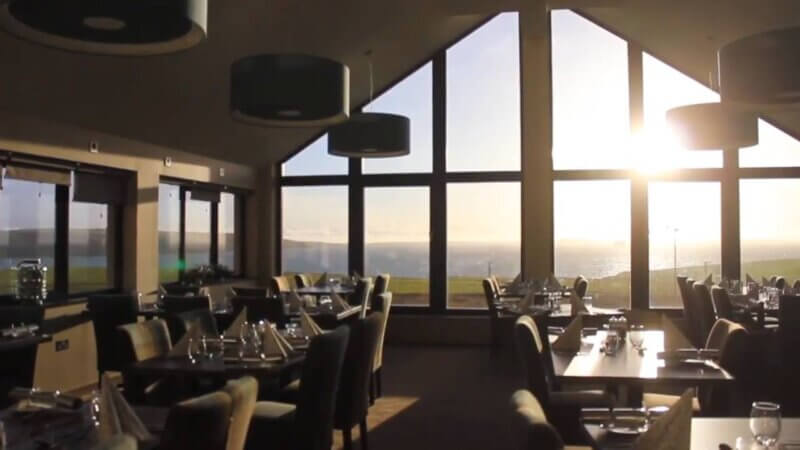
The Foveran
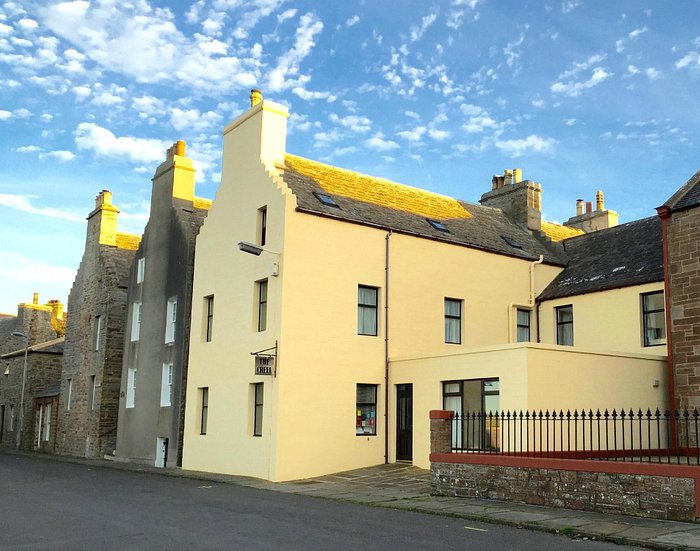
The Creel

